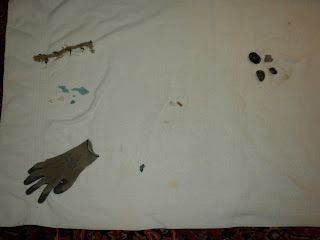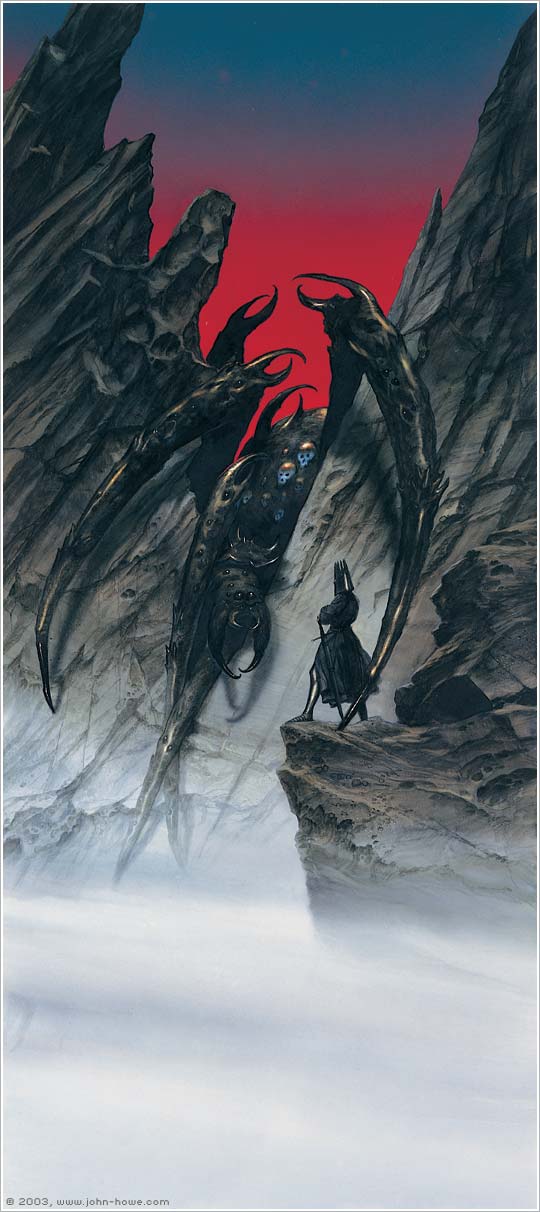Plastics from my part of the world can make the 3,000-mile crossing unscathed, washing up on Irish & British shores. Many bear marks that identify what they were, where they came from, and even when. Each is a time capsule and a fabulous source of information, and stories. If one knows what to look for!
So here's the first in a series of pages dedicated to long-distance plastic debris. Stuff that could start in the Gulf of Maine, wash up on an Irish or British beach, and be found.
Lobster Trap Tags
Gulf of Maine lobster trap tags are a common find on beaches in Maine. And, it turns out, far from Maine. Lobstering is an enormous & highly regulated local industry. By law, all lobster traps must have one of these colorful little strips attached to it.
Trap tags are color-coded by year. The tags above are the colors used in Maine from 1997 (top) through 2010 (bottom).
Each tag is stamped with owner's license, federal fishing zone, trap #, state/province, year, and region. So, for example, the green one is 6841 A1 0789 ME 09 Z:G EEZ. 6841 is the owner's license; A1 is the national region (basically coastal Maine); 0789 is the trap number; ME 09 is Maine 2009 season; Z:G is Maine's "G" zone (the most southwesterly; with A being the most northeasterly); and EEZ meaning the trap can be set out in deeper water several miles offshore.
(Tags from other states & Canada use varied color schemes. Also, Maine has some anomalies. The bottom tag says "NC," which means non-commercial -- this is a recreational fisherman who's allowed to have only 5 pots in the water at one time.)
In season, there can be several million lobster traps in the water. Tags break free from traps all the time. They're buoyant, and many find & ride the Gulf Stream to Ireland and the UK. Rik Bennett was combing his beach in Wales in 2010 when he stumbled upon this one:
 |
| Not bad for 3 years at sea |
 |
| Stunning shape for maybe 12 years at sea! |
On a hunch, she decided to see if she could find the owner. And she did, through his son's FaceBook page. This tag, belonging to a Massachusetts fisherman, was on a trap lost in the "Perfect Storm" of 1991! After an incredible journey, it washed up on Irish shores. And a transatlantic connection was formed, reported in both European and American newspapers.
Plastic is forever. And that's bad news. But if it's out there in the ocean already, and it has stories to tell, isn't it nice to be able to tell them? Keep your eyes open; you never know what you may find!


















